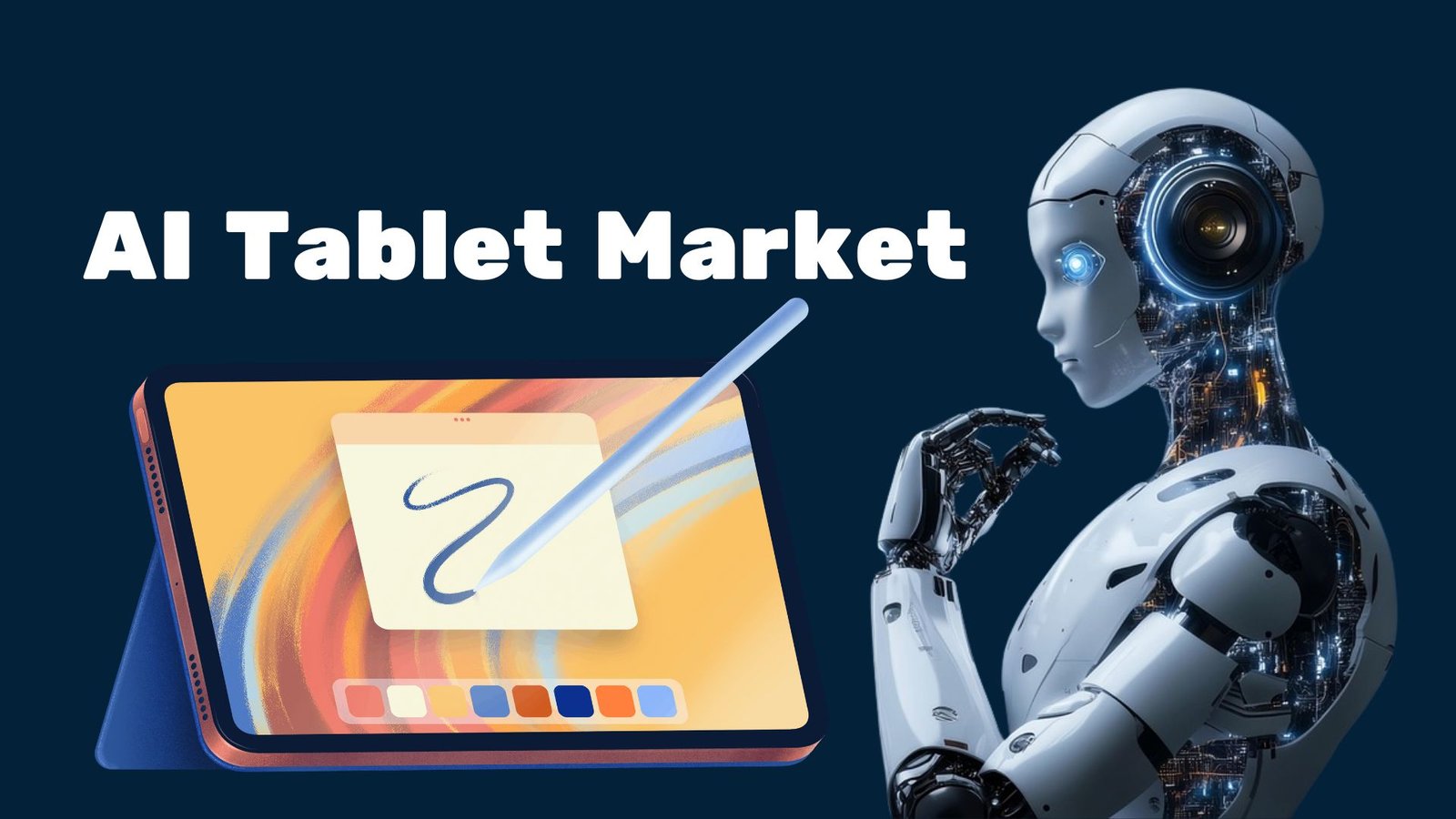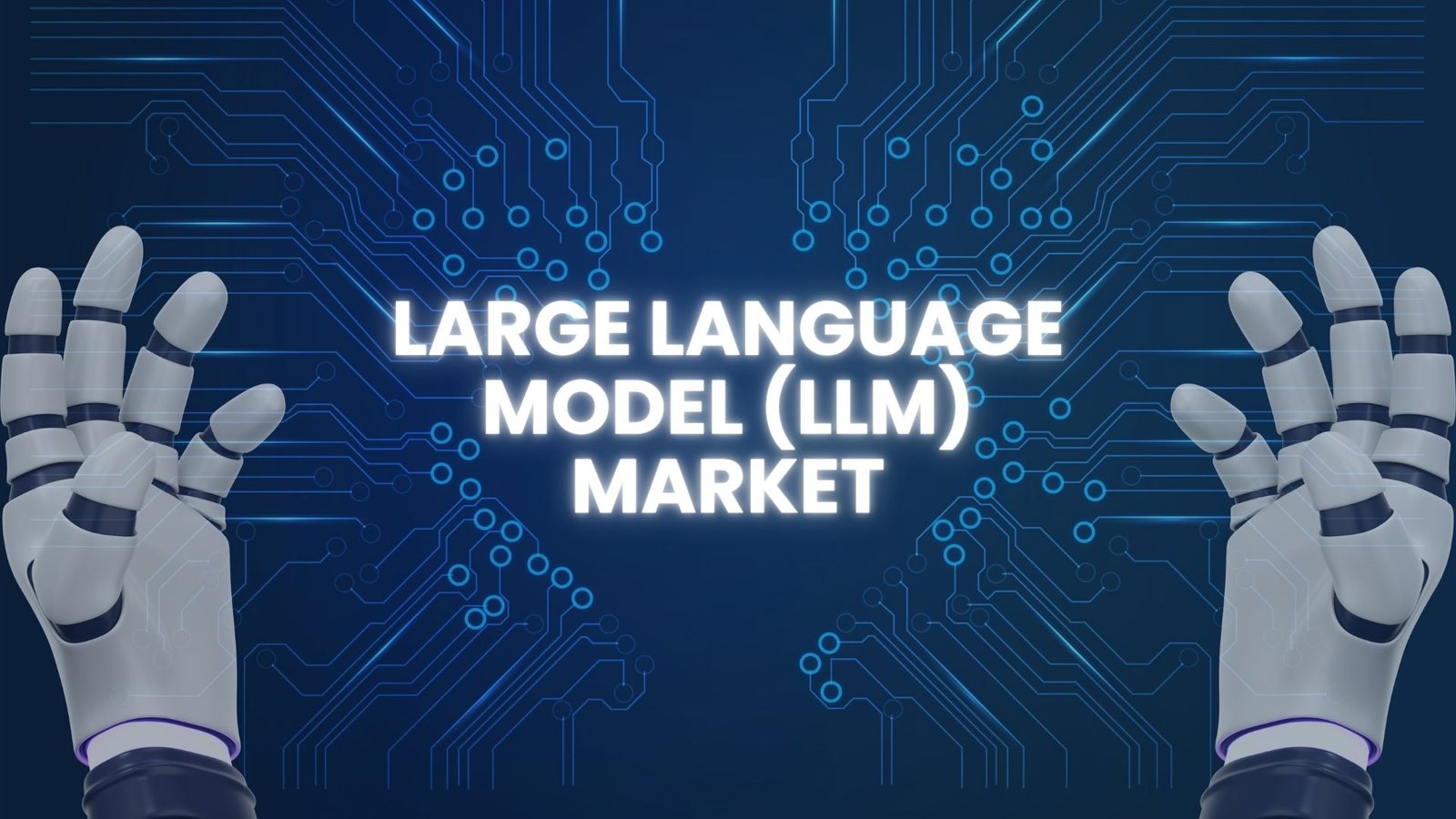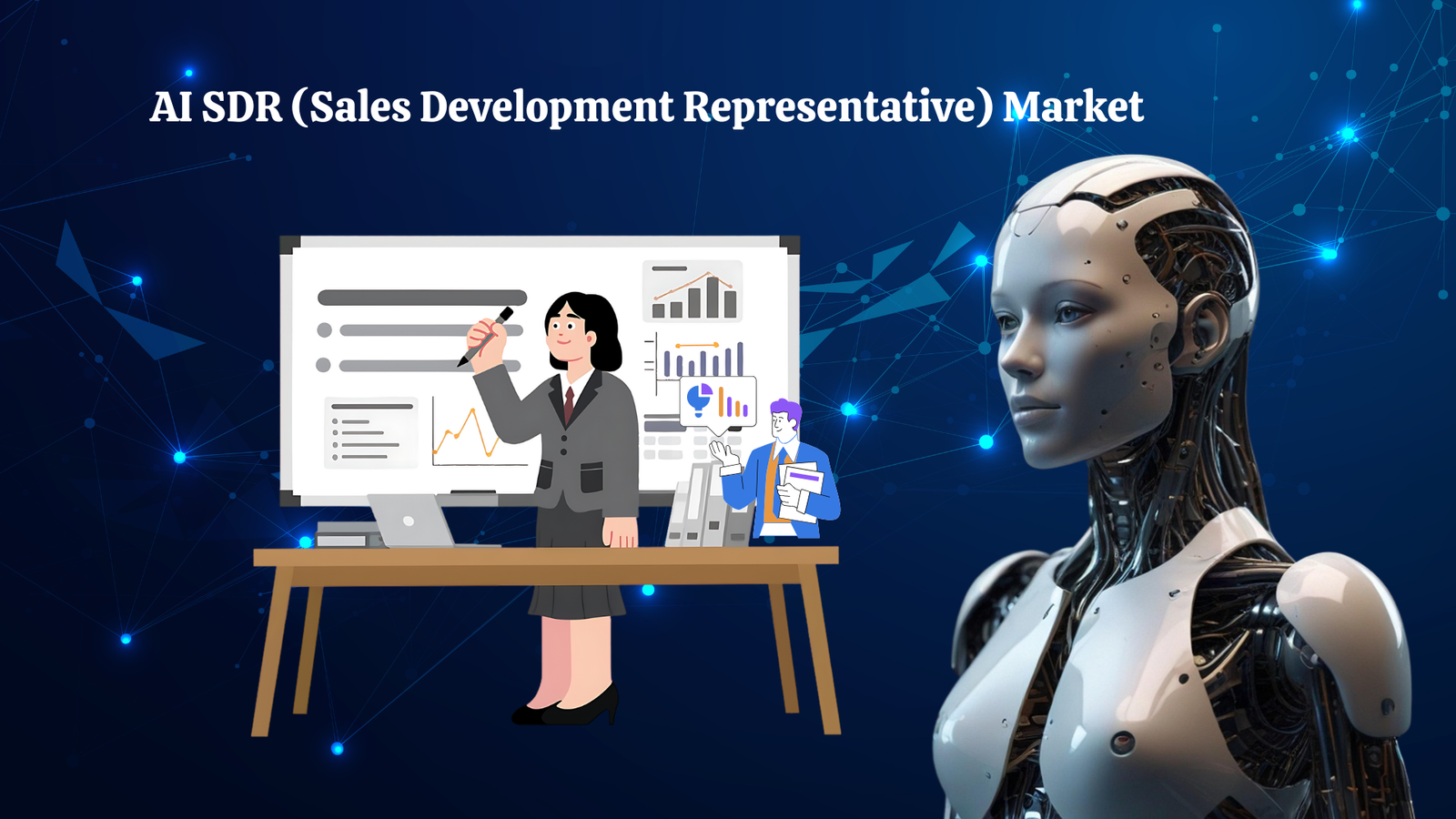Data Converter Market worth USD 9 Billion by 2032
Updated · Oct 29, 2025
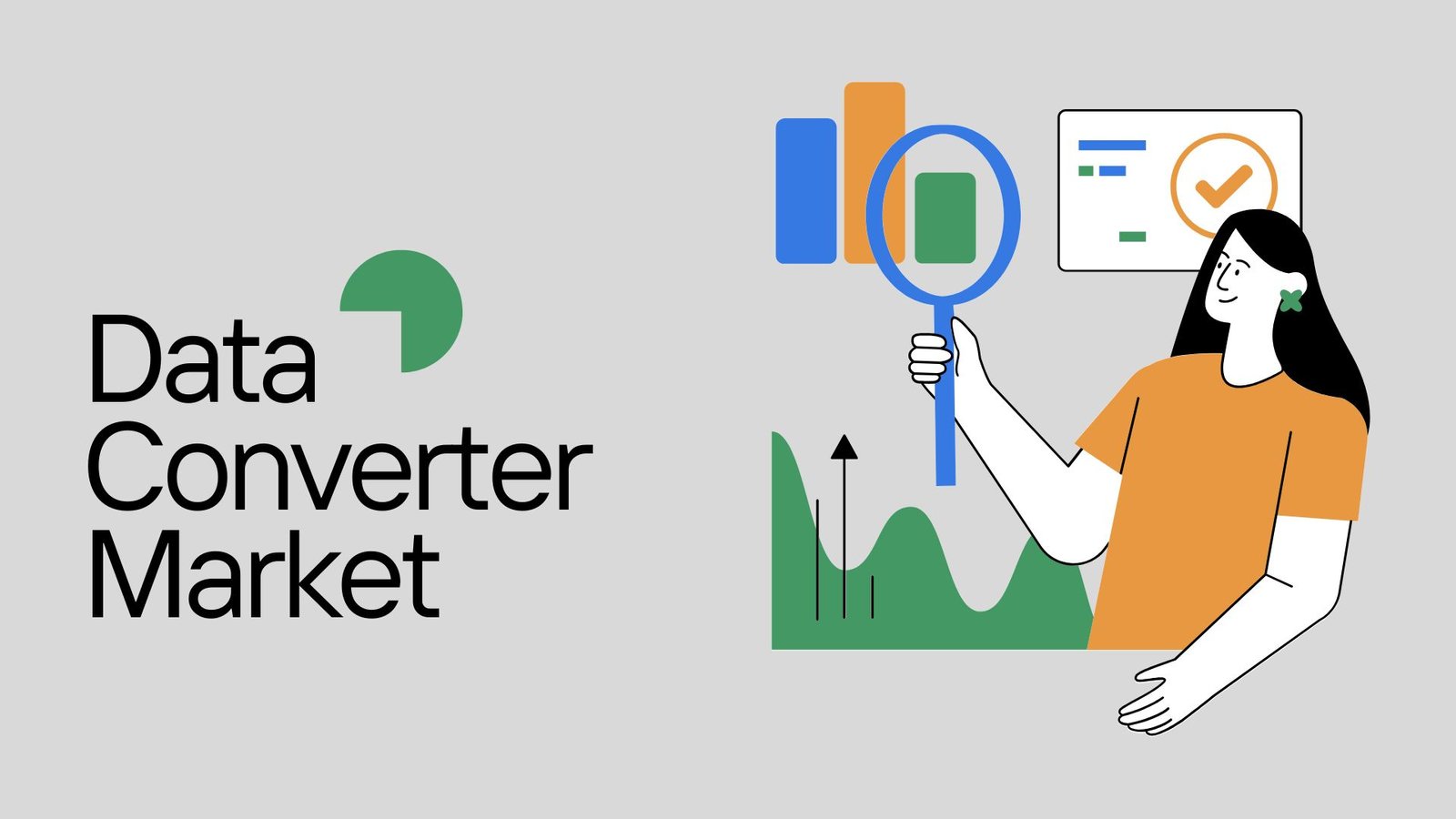
WHAT WE HAVE ON THIS PAGE
Introduction
The Global Data Converter Market is projected to reach approximately USD 9 billion by 2032, rising from USD 5.7 billion in 2024, expanding at a CAGR of 6.0% between 2023 and 2032. The market growth is driven by increasing demand for high-speed data conversion in communication systems, consumer electronics, industrial automation, and medical devices. Continuous innovation in signal processing, the rising deployment of 5G infrastructure, and advancements in sensor technologies are further contributing to the adoption of advanced data converters across diverse applications.
The Data Converter market is expanding steadily, fueled by rising demand for precise and high-speed data processing across various industries. Data converters, which translate analog signals into digital data and vice versa, are essential components in electronics, telecommunications, automotive, and medical sectors. Technological advancements in semiconductor technology have led to smaller, faster, and more energy-efficient converters. This growth is supported by the rise of connected devices and digital transformation initiatives, with about 67% of market revenue currently dominated by Analog-to-Digital Converters (ADC) given their critical role in converting real-world signals such as sound and temperature into digital formats.
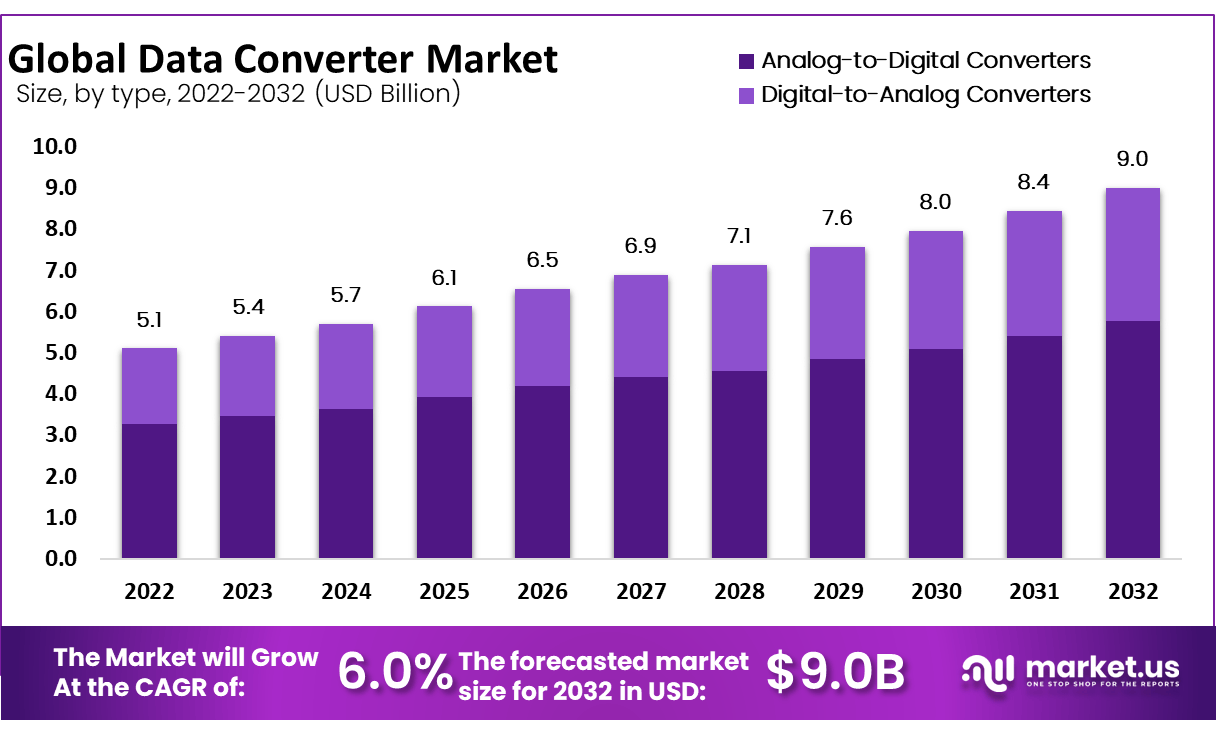
The key driving factors for this market include the proliferation of IoT devices, expansion of 5G networks, and increasing automotive electrification. IoT growth means more sensors are deployed, each requiring effective data conversion to enable communication and control. The rollout of 5G demands converters with higher frequencies and broader bandwidths to handle faster, lower-latency data transmissions. Similarly, electric vehicles and advanced driver-assistance systems push for highly reliable and accurate converters for sensor and control data. These factors collectively contribute a cumulative positive impact of over 4% on market growth rates depending on the region and timeline.
Key Takeaways
- Market Growth: The global Data Converter Market is projected to reach USD 9 Billion by 2032, expanding at a steady 6.0% CAGR from 2023 to 2032, driven by the rising integration of data processing technologies across industries.
- Definition: Data converters are essential components that transform analog signals into digital form, enabling efficient communication and processing in sectors such as consumer electronics, healthcare, and telecommunications.
- Driving Factors: Market growth is supported by increasing automation in manufacturing and the surging need for data conversion in telecommunications and automotive applications.
- Challenges: The market faces constraints due to the high cost of high-resolution converters and a shortage of skilled professionals, particularly impacting consumer electronics applications.
- Opportunities: Advancements in communication technologies and growing adoption of data converters in healthcare monitoring systems are creating new opportunities for market expansion.
- Trends: The adoption of data converters in remote healthcare and telemedicine continues to rise. Additionally, AI and machine learning integration is improving calibration accuracy and error correction in converter performance.
- Regional Dominance: The Asia Pacific region leads the market, supported by widespread industrial automation, rapid IT infrastructure growth, and robust telecommunications advancements.
- Key Players: Leading market participants include Texas Instruments, Analog Devices Inc., Maxim Integrated Products Inc., and Microchip Technology Inc., all focusing on high-speed and low-power converter innovations.
- Segment Analysis: The market encompasses Analog-to-Digital Converters (ADC), Digital-to-Analog Converters (DAC), High-Speed Data Converters, and General-Purpose Data Converters, serving diverse industrial verticals.
Analysts’ Viewpoint
Demand for data converters also stems from the medical sector where diagnostic imaging, wearable health monitors, and other devices rely heavily on precise data acquisition and processing. The growing need for real-time analytics and AI applications in healthcare further drives demand. Consumer electronics such as smartphones and gaming devices also contribute significantly, with users expecting more responsive and power-efficient devices, resulting in increasing pressure for high-performance data converter integration.
In technology adoption, innovation centers on integrating analog and digital components into single chips to reduce size and power consumption while improving linearity, speed, and resolution. High-speed data converters are essential in emerging communication standards and industrial automation, supporting real-time data acquisition and processing. Modern devices are also leveraging AI and machine learning techniques to enhance converter efficiency and accuracy, especially in complex signal environments and edge computing applications.
Investment and Businesses benefit
Investment opportunities within the data converter market are abundant due to ongoing innovation and expanding application areas. Semiconductor companies, startups focused on AI-driven analog processing, and firms working on specialized converters for automotive and telecommunications are attracting funding. Investments often range from millions to multi-hundred million dollars to develop next-generation converter technologies compatible with 5G, IoT, and AI hardware demands. Such funding supports R&D and enables faster commercialization of advanced chips that offer higher data throughput and lower power needs.
Businesses benefit from adopting advanced data converters through enhanced product functionality, energy efficiency, and operational reliability. Accurate data conversion supports better performance of end products such as smartphones, medical devices, and autonomous vehicles. Companies experience reduced costs in system design by integrating versatile, programmable converters and gain competitive advantages with faster data processing and better signal quality. Further, precise conversion fosters improved analytics and decision-making in sectors like industrial automation and telecommunications.
Driver
Expansion of 5G Infrastructure
The rapid deployment of 5G networks worldwide is a key driver for the data converter market. These networks require high-speed, high-precision data conversion to handle multi-gigahertz analog-to-digital and digital-to-analog signals across complex base station architectures. This demand pushes manufacturers to innovate converters that can deliver high performance with low power consumption to support 5G’s performance requirements.
With APAC and North America leading the 5G adoption, this technology’s growth directly fuels demand for advanced converters in telecommunications equipment. Consequently, the market experiences sustained growth driven by investments and expansions in wireless communication infrastructure that rely on these converters.
Restraint
High Manufacturing and Design Complexity
The complexity involved in designing and manufacturing high-speed, high-accuracy data converters acts as a restraint for market growth. Creating converters that meet stringent technical requirements such as low noise, high linearity, and power efficiency requires significant R&D investment and advanced manufacturing processes. Complexity drives up production costs, making it difficult for smaller players to compete and scale.
Furthermore, the precision and reliability required limit the ease of rapid innovation, slowing down product development cycles. This technical challenge restricts the ability of companies to quickly respond to changing market demands, especially in industries with fast technology evolution like consumer electronics and automotive sectors.
Opportunity
Growth in AI and Edge Computing Applications
The increasing adoption of AI and edge computing technologies presents a substantial growth opportunity for the data converter market. These applications depend on real-time data acquisition and processing, requiring converters that can handle high-speed data with precision. As AI-enabled devices proliferate in sectors like automotive, healthcare, and industrial automation, demand for specialized converters rises.
Edge computing’s focus on processing data near the source rather than centralized data centers calls for efficient converters that combine speed and low power use. This trend opens up new markets for providers who can develop converters optimized for these cutting-edge applications, helping them grow beyond traditional uses.
Challenge
Balancing Performance with Power Consumption
One of the biggest challenges faced by data converter manufacturers is achieving the right balance between high performance and low power consumption. High-speed and high-resolution converters typically consume more power, which conflicts with the increasing demand for energy-efficient devices, especially in portable and IoT applications.
Manufacturers must innovate to optimize power usage without compromising accuracy or speed, which involves complex trade-offs in circuit design and materials. Failure to manage this balance can limit the applicability of converters in battery-operated devices and environmentally sensitive sectors, constraining market growth.
Key Market Segments
By Type
- Analog-to-Digital Converters
- Digital-to-Analog Converters
By Sampling Rate
- High-Speed Data Converters
- General-Purpose Data Converters
By Industry Vertical
- IT & Telecommunications
- Manufacturing
- Consumer Goods & Electronics
- Media & Entertainment
- Test & Measurement
- Healthcare & Life Sciences
- Other Industry Verticals
Top Key Players in Data Converter Market
- Analog Device Inc.
- Texas Instruments Inc.
- Maxim Integrated Products Inc.
- Microchip Technology Inc.
- STMicroelectronics N.V.
- Cirrus Logic Inc.
- Renesas Electronics Corporation
- NXP Semiconductors N.V.
- ON Semiconductor Corporation
- ROHM Semiconductor
- Other Key Players
Source of Information – https://market.us/report/data-converter-market/
Sources

Rohan is a senior editor at Techno Trenz. He knows a lot about digital marketing, SEO, and social media optimization. Rohan is great at creating and editing detailed articles with accurate statistics that readers find useful. As a senior editor, he reviews and checks the quality of content from many writers before it is published. He also makes infographics to go with the statistics, making the information easier to understand and more engaging. Rohan's hard work ensures that Techno Trenz provides high-quality and informative content to its readers.





